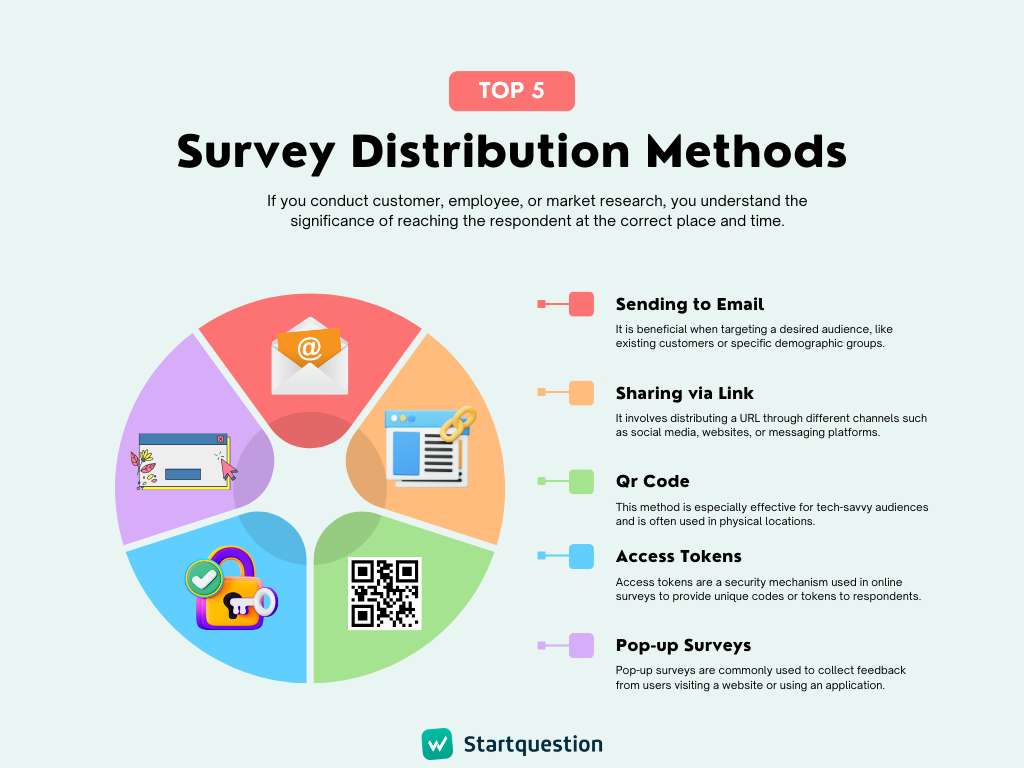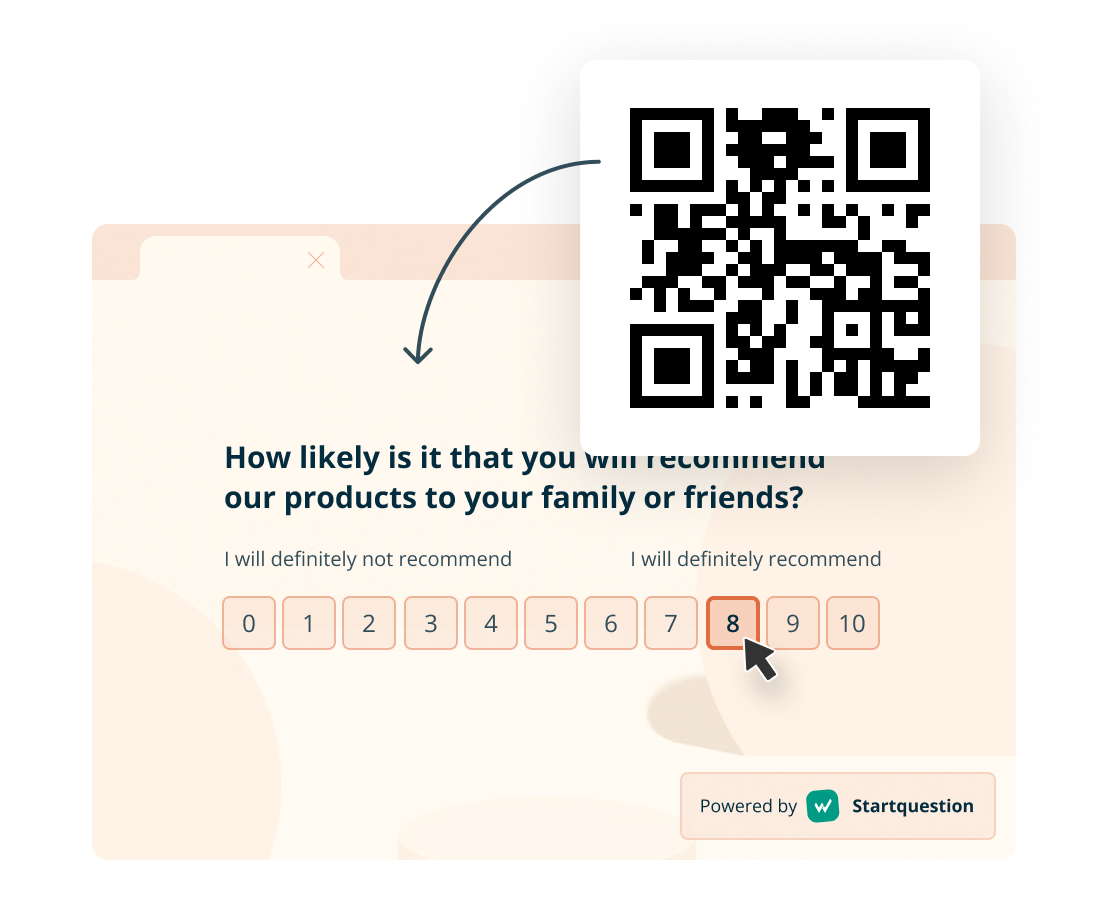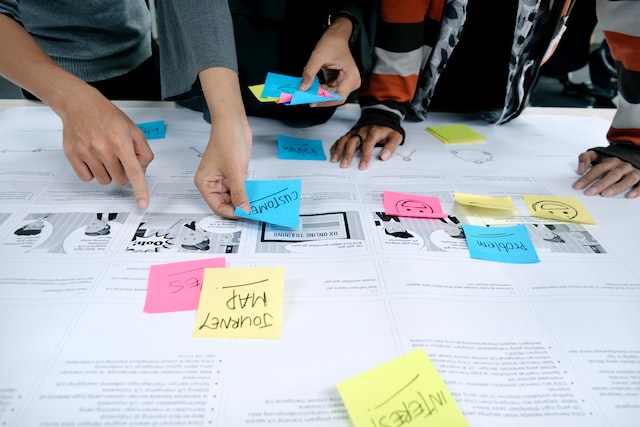Forget everything you know about customer experience (CX)—especially if you’re thinking about it through a B2C lens. In the world of B2B SaaS, CX is a different beast entirely. It’s not about quick wins or one-off purchases; it’s about building long-term partnerships, earning trust, and understanding the complexities of business needs. In this article, we dive into the real pillars of B2B CX, exploring the differences from B2C, how to get started, and the tools and strategies that drive exceptional experiences in the SaaS space. Ready to rethink what you know? Let’s dive in.
However, we should begin with a brief definition:
Customer experience, or CX, is all about how people feel when they interact with a company. It’s the overall impression a customer has, not just from the product they buy, but from every part of the journey—like visiting a store, navigating a website, talking to customer service, or even seeing an advertisement.
Think of it like this: CX is how well a company takes care of you and makes your life easier (or harder when everything goes wrong).
Why Customer Centric Approach Matters?
Well, let’s give the floor to the numbers.
- Companies that put CX first see 80% more revenue growth than those that don’t (Zippia).
- Brands that focus on their customers report 60% higher profits compared to those that overlook CX (CX Index).
- 4 out of 5 organizations believe that CX will be the main way they stand out from the competition (Gartner).
- Almost 3 out of 4 customers now say that the most important factor when deciding whether to buy from a company is CX (PwC).
- In 2022, half of all customers who switched from brands they used to love did so because of poor customer service (Emplifi).
Customer success is your success. That’s the simplest conclusion to draw from the numbers above.

B2B vs. B2C: Customer Experience Difference
Now we know what CX is and why it matters. But CX also depends on who it is aimed at. The strategy in B2B is different from B2C, because the customer needs and scale of the relationship are not the same. Let’s explain what those differences are and how they affect customer experience management.
B2B Customer Experience
In B2B (Business-to-Business) relationships, creating a great customer experience is all about building lasting connections and navigating more complex buying processes. Since multiple people are usually involved in making decisions, it’s important to tailor the experience to meet everyone’s needs. Personalizing what you offer and earning trust are key, as businesses are looking for more than just a provider—they want a partner who can help them reach their goals. The sales process takes more time, with data analysis, discussions, and negotiations playing a big role. Ultimately, the focus is on delivering real value, which makes quality service and ongoing support essential.
B2C Customer Experience
On the other hand, in B2C (Business-to-Consumer) relationships, customers tend to make decisions faster, often influenced by their emotions. Since they’re typically individuals, they focus on things like convenience, price, and getting instant satisfaction. Personalization in this context is more about offering relevant suggestions to many people at once, often based on past shopping behavior. In B2C, a smooth and easy shopping experience, paired with a positive, enjoyable interaction, is key to winning customer loyalty. Brands aim to create good feelings around their products or services, and customer support should be quick and simple to reach.
Key Differences of Customer Expectations
Although both B2B and B2C aim to satisfy the customer, the approaches differ significantly. B2B focuses on delivering long-term value, building trust-based relationships, and offering solutions tailored to specific business needs. In contrast, B2C aims to deliver products or services quickly in a way that is convenient and emotionally satisfying for the customer. These are two distinct strategies that require different approaches to creating customer experiences.

How to Start with Building Excellent CX for B2B Clients?
To create an outstanding Customer Experience (CX) for B2B clients, it’s crucial to focus on strategies that meet the unique needs and challenges of business buyers. While addressing these specific areas, you can ensure a more personalized, efficient, and impactful experience. Here’s how to get started:
Map Customer Journey
Mapping the customer journey is one of the most important steps in building a successful customer experience. In B2B, the purchasing process tends to be longer and more complex, often involving multiple stakeholders with different priorities.
By carefully mapping each stage of the journey—from initial awareness to post-purchase support—you can pinpoint the key touchpoints and any potential pain points that require attention. This allows you to tailor the experience to the unique needs of each decision-maker, ensuring a smooth and satisfying process for existing customers.
Treat Time as a Resource
B2B customers expect clear, straightforward processes that respect their time. To enhance CX, it’s important to identify areas where efficiency can be improved. For example, offering clear and simple contracts, or self-service tools that allow clients to manage routine tasks on their own, can greatly reduce friction.
Automation also plays a big role in speeding up communication and service, ensuring clients aren’t left waiting for responses. The goal is to create a seamless, time-saving experience that not only makes working with you easier but also builds trust and strengthens long-term relationships.
Create Omnichannel Experiences
Consistency across all touchpoints is now a core expectation for B2B buyers. Whether they engage through your website, over the phone, by email, or in person, they anticipate a smooth, unified experience at every interaction.
An omnichannel approach ensures that no matter which channel a stakeholder uses, they encounter the same level of service, information, and support. It is important in B2B, when different decision-makers might use different channels at various stages of the buying process. Maintaining this consistency, you create a cohesive journey that reinforces trust and makes it easier for clients to navigate their experience with your company.
Identify the Factors Behind Churn
Customer churn is a major challenge in B2B relationships, but it can be minimized by understanding the early signs of dissatisfaction. By consistently monitoring customer health scores, collecting feedback, and analyzing client behavior, you can identify issues before they escalate.
Proactive approach allows you to address specific concerns—whether it’s improving service quality, offering more personalized solutions, or filling gaps in client needs—before clients feel the need to look elsewhere. Preventing churn not only protects valuable business relationships but also reinforces trust and loyalty, ensuring long-term success for both you and your clients.
Pay Attention to Personal Touch
Even in B2B, where decisions are made by businesses, it’s crucial to remember that you’re working with people. Incorporating a personal touch—whether through personalized messages, assigning dedicated account managers, or scheduling regular check-ins—can make a huge difference in building trust and loyalty.
When clients feel valued and appreciated, they are much more likely to stick with you for the long term. This personal connection adds an important human element to your CX strategy, strengthening customer satisfaction and setting the foundation for ongoing collaboration and success.
Align CX with Business Goals
Your B2B CX strategy should always align with your overall business objectives. Whether you’re aiming to boost revenue, improve client retention, or expand your market share, your customer experience efforts need to support these larger goals. By ensuring that CX initiatives are directly tied to business outcomes, you can create a more focused and impactful strategy.
Regularly reviewing how your CX strategy influences key performance indicators, such as customer satisfaction, loyalty, and lifetime value, will help you continuously refine and optimize both the experience you deliver and the strength of your client relationships. This ongoing evaluation is essential for staying agile and meeting evolving client expectations.
Leverage Technology
Using the right technology can significantly enhance the B2B customer experience. Tools like CRM systems provide real-time data on client interactions, while automation platforms help streamline communication and processes.
Technologies like close-the-loop systems and Voice of the Customer (VoC) platforms enable more personalized and efficient experiences by capturing customer feedback and ensuring that issues are addressed promptly. Investing in data analytics and self-service platforms, your team will be equipped to respond faster and more effectively to client needs, helping to foster stronger relationships and drive success.
If you’re looking for a comprehensive solution to help you exceed customer expectations, the next section is for you. It delves deeper into how the right mix of technology and strategy can take your CX to the next level, ensuring that you not only meet but surpass your clients’ needs.
Survey as B2B CX Tool
It’s high time to introduce ourselves.
Startquestion is a platform for CX specialists and customer success managers designed to gather feedback (for instance with Net Promoter Score, Customer Effort Score, Customer Satisfaction Score, and much more CX surveys) throughout a customer’s journey, allowing for swift analysis and sharing of insights within the organization.
But collecting customer data is just a slice of what we can do for you.
We realize that implementing CX research in an organization is a time-consuming and complicated challenge. That’s why we not only provide a tool to improve customer relationships, but also act like a CX agency, helping our clients prepare (also from the technical side) the company to conduct effective, professional research – from the idea to distribution (surveys on receipts, QR codes, etc.) and analysis of the obtained feedback.
And once you take action…. we won’t leave you alone. Our support is here for you.
Sign up to give it a try – it doesn’t cost a thing. Create a Free Account.

Collect Customer Feedback with Proper Software
Wondering if CX surveys are the right tool for you? Well, it might be.
Using surveys as a B2B CX tool can provide valuable insights directly from your clients, helping you understand their needs, challenges, and satisfaction levels. Surveys allow you to gather feedback at key touchpoints throughout the customer journeys, helping identify pain points or areas where your services could be improved. They can also highlight what you’re doing well, offering a clear view of how customers interact with your brand.
Regularly Surveying Your Clients, You Can:
- Identify pain points: Understand where clients are experiencing challenges and address them quickly.
- Highlight strengths: Discover what your clients value most about your service and reinforce those strengths.
- Track satisfaction over time: Measure how well you’re meeting client expectations and adjust strategies accordingly.
- Improve personalization: Use feedback to tailor services to individual client needs.
- Show clients you care: Demonstrate that you value their input and are committed to improving their experience.
And much more.
Great B2B Customer Experience Examples
It’s not over yet. We have prepared for you some real-life examples of good and effective CX.
Simplifying Complex Processes
Xerox, a leading provider of document management solutions, transformed its CX by focusing on simplification and automation. They offer Managed Print Services (MPS) that allow businesses to streamline their printing infrastructure. Xerox provides automated supply replenishment, real-time analytics on printing behaviors, and tools to optimize printing workflows, all of which help clients reduce costs and increase operational efficiency.
Why it’s cool? Company focuses on simplifying traditionally complex and manual processes. By offering automation and real-time data, they help their clients focus on their core business activities rather than being burdened by document management.
What do they do? Xerox uses automation to manage print supplies, offers real-time reporting on printer usage, and provides workflow optimization tools to enhance overall efficiency.
Predictive Maintenance for Industrial Clients
Siemens has embraced predictive maintenance solutions in their industrial services. By leveraging IoT technology and machine learning, Siemens collects data from machines and uses it to predict when maintenance is required. This prevents costly downtime and enhances productivity for their industrial clients. Siemens’ service doesn’t just stop at predicting maintenance—they also provide in-depth analysis and insights to help businesses optimize their operations over the long term.
Why it’s cool? The use of IoT and predictive analytics delivers tangible business value by preventing downtime and extending the life of equipment. It enhances the customer experience by ensuring continuous operations without disruptions.
What do they do? Siemens integrates IoT technology into their machines, uses real-time data to predict maintenance needs, and provides detailed insights to help clients optimize their overall operations.
Custom Logistics Solutions for B2B
FedEx offers custom logistics solutions for B2B clients, particularly in industries like healthcare and technology, where shipping requirements can be highly specific. They provide tailored services such as temperature-controlled shipping and real-time package tracking to meet the critical demands of these industries. For large-scale B2B clients, FedEx also offers integration services that connect directly with their clients’ own logistics systems, allowing for smoother, more efficient shipping processes.
Why it’s cool? FedEx’s ability to customize solutions for different industries ensures that B2B clients receive services that match their exact needs, improving efficiency and reducing risk for sensitive shipments.
What do they do? Company offers specialized shipping options, integrates their logistics systems with clients’ infrastructure, and provides real-time tracking to offer a seamless, industry-specific logistics experience.

Comprehensive Customer Success and IT Support
In Startquestion we work closely with clients to ensure a smooth and fully-managed customer experience. For a big insurance brand, we took ownership of the entire CX survey project, handling both the technical challenges and coordination with the client’s IT department. Our team ensured the process was seamless, from initial setup to full integration.
Why (we believe) it’s cool? Our goal is to excel in delivering a personalized and hands-on approach, ensuring that even the most complex projects run smoothly. Managing both the technical and operational aspects, while providing continuous support, allowed our client to focus on their business goals without getting bogged down in the details.
What do we do? In this case, we provided dedicated support by conducting professional workshops and training sessions to help their team effectively use the survey system. We customized the survey design to align with their branding, handled the full IT system integration with detailed reporting, and transferred historical data from their previous provider.
We also optimized survey engagement by adjusting the frequency of invitations and implemented Single Sign-On (SSO) for quick and secure access. Throughout the project, we prioritized responsiveness and flexibility, ensuring all their unique business needs were met with a tailored approach.
Need help with implementing a CX survey tool in your company?
We’d love to hear how we can assist you.










